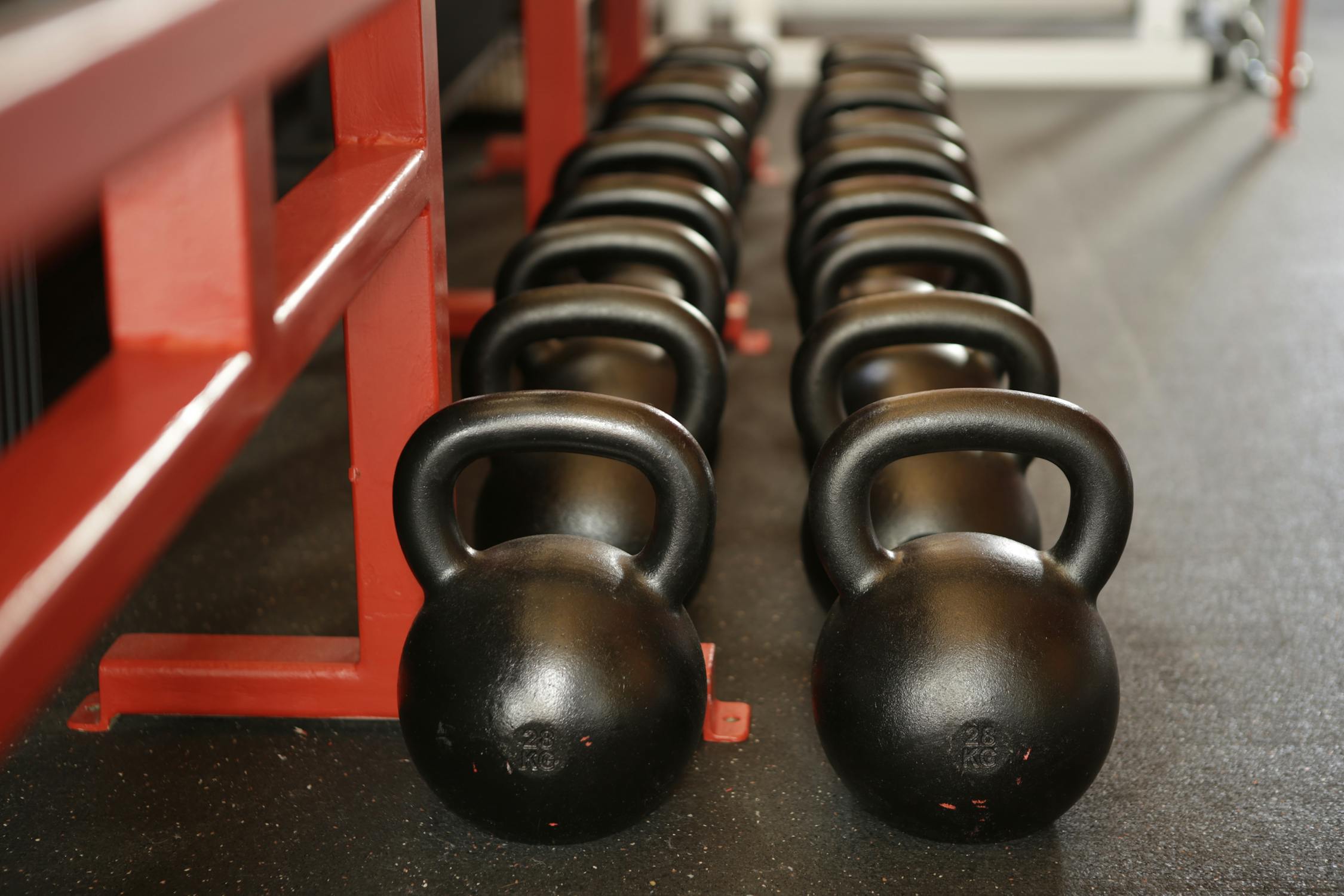The quest for a strong, sculpted core often leads many fitness enthusiasts to wonder: can you train your abdominal muscles every single day? It’s a common question, fueled by the desire for quick results and the perception that abs are somehow different from other muscle groups. While a strong core is fundamental for overall fitness, posture, and injury prevention, the path to achieving it isn’t always about daily grind.
This article delves into the science behind muscle growth and recovery, specifically as it applies to your abdominal muscles. We’ll explore whether daily ab workouts are beneficial or detrimental, how to recognize signs of overtraining, and most importantly, how to strike the perfect balance between challenging your core and allowing it to recover and grow stronger. By the end, you’ll have a clear, evidence-based understanding to optimize your ab training for lasting results.
Understanding Abdominal Muscles
Your core is more than just the “six-pack” you see. It’s a complex group of muscles that stabilize your spine and pelvis, connecting your upper and lower body. These muscles are crucial for almost every movement you make, from walking and lifting to maintaining good posture.
Key Abdominal Muscle Groups
- Rectus Abdominis: This is the most superficial muscle, responsible for the “six-pack” appearance and flexing the spine.
- Obliques (Internal and External): Located on the sides of your torso, they assist in rotation and lateral flexion of the trunk.
- Transversus Abdominis (TVA): The deepest abdominal muscle, acting like a natural corset to stabilize the lumbar spine and pelvis.
Each of these muscles plays a distinct role, and a comprehensive core workout should aim to engage all of them for balanced strength and stability.
The Principle of Muscle Recovery
Muscle growth, or hypertrophy, doesn’t happen during your workout; it happens during the recovery period afterward. When you exercise, you create microscopic tears in your muscle fibers. It’s during rest that your body repairs these tears, making the muscles stronger and sometimes larger than before.
Why Recovery is Non-Negotiable
Adequate recovery time is essential for several reasons:
- Muscle Repair and Growth: This is when protein synthesis occurs, rebuilding and strengthening muscle fibers.
- Glycogen Replenishment: Your muscles store energy in the form of glycogen. Recovery allows these stores to be refilled for your next workout.
- Nervous System Recovery: Intense training also taxes your central nervous system, which needs rest to function optimally.
Without proper recovery, you risk overtraining, which can lead to plateaus, decreased performance, and even injury. For more detailed information on recovery strategies, you can refer to resources from reputable organizations like the American Council on Exercise (ACE), which provides evidence-based insights into training frequency and recovery.

Are Abs Different? The Myth vs. Reality
A common misconception is that abdominal muscles are somehow unique and can withstand daily training without needing rest. While it’s true that your core muscles are involved in many daily activities and have a higher endurance capacity than, say, your quadriceps, they are still skeletal muscles that respond to training and require recovery just like any other muscle group.
Muscle Fiber Composition
Abdominal muscles contain a mix of slow-twitch (endurance) and fast-twitch (strength/power) muscle fibers. While they might have a slightly higher proportion of slow-twitch fibers compared to, for example, a sprinter’s hamstrings, they still undergo micro-trauma during intense resistance training and need time to repair and adapt. Treating them as an exception to the rule of recovery can hinder progress.
Signs of Overtraining and How to Avoid It
Training your abs daily without sufficient recovery can lead to overtraining syndrome. This isn’t just about feeling tired; it’s a state where your body can no longer recover from the stress of exercise, leading to a decline in performance and overall well-being.
Common Symptoms of Abdominal Overtraining
- Persistent Soreness: While some muscle soreness is normal, constant, debilitating soreness in your core is a red flag.
- Decreased Performance: You might notice a drop in your ability to perform ab exercises or other lifts that rely on core strength.
- Fatigue and Irritability: Overtraining can affect your central nervous system, leading to general tiredness, poor sleep, and mood changes.
- Increased Injury Risk: Fatigued muscles are more susceptible to strains and other injuries.

Optimizing Your Ab Training Frequency
For most individuals, training abdominal muscles 2-4 times per week is sufficient to promote growth and strength, provided the workouts are challenging enough. The key is to apply the principle of progressive overload, meaning you gradually increase the demand on your muscles over time.
Effective Ab Training Strategies
Instead of daily sessions, focus on quality over quantity:
- Vary Your Exercises: Incorporate exercises that target all parts of your core, including crunches, planks, Russian twists, and leg raises.
- Increase Intensity: As you get stronger, challenge yourself by adding resistance (weights), increasing repetitions, or performing more complex variations of exercises.
- Focus on Form: Proper form is crucial to effectively engage the target muscles and prevent injury.
- Allow for Rest: Give your abdominal muscles 24-48 hours of rest between intense sessions, just like other muscle groups.
Ab Training Frequency Guide
Here’s a general guideline for effective ab training:
Optimal Ab Training Frequency
| Fitness Level | Recommended Frequency | Intensity Focus |
|---|---|---|
| Beginner | 2-3 times per week | Bodyweight, focus on form |
| Intermediate | 3-4 times per week | Add resistance, varied exercises |
| Advanced | 3-5 times per week | High intensity, complex movements |
Always ensure at least 24 hours of rest between intense core workouts.
Integrating Ab Training into a Balanced Routine
A strong core is a component of overall fitness, not the sole focus. For optimal results, ab training should be part of a holistic fitness plan that includes full-body strength training, cardiovascular exercise, proper nutrition, and adequate sleep.
The Role of Nutrition and Sleep
You can train your abs perfectly, but without proper nutrition and sufficient sleep, your results will be limited. Nutrition provides the building blocks for muscle repair and growth, while sleep is when many crucial recovery processes occur, including hormone regulation and muscle protein synthesis.
“Abs are made in the kitchen” is a common saying for a reason. Reducing body fat through a balanced diet is essential for your abdominal muscles to become visible.

In conclusion, while the desire for a strong core might tempt you to train your abs daily, the scientific principles of muscle growth and recovery suggest a more balanced approach. Your abdominal muscles, like all other skeletal muscles, need adequate rest to repair, rebuild, and grow stronger. Overtraining can lead to plateaus, fatigue, and increased injury risk.
For optimal results, aim to train your core 2-4 times per week with challenging exercises, focusing on proper form and progressive overload. Remember that a visible, strong core is also a result of overall body fat reduction through a balanced diet and sufficient sleep. Prioritize recovery, listen to your body, and integrate your ab training into a comprehensive fitness routine for sustainable success.
What are your favorite core exercises, and how often do you incorporate them into your routine? Share your thoughts and tips in the comments below!
Further Reading and Resources:
- Recovery Strategies for the Strength and Conditioning Coach – NSCA (Provides insights into general recovery principles applicable to all muscles.)
- The Role of Exercise and Nutrition in the Regulation of Muscle Protein Synthesis – NCBI (A scientific review on how muscles grow.)
